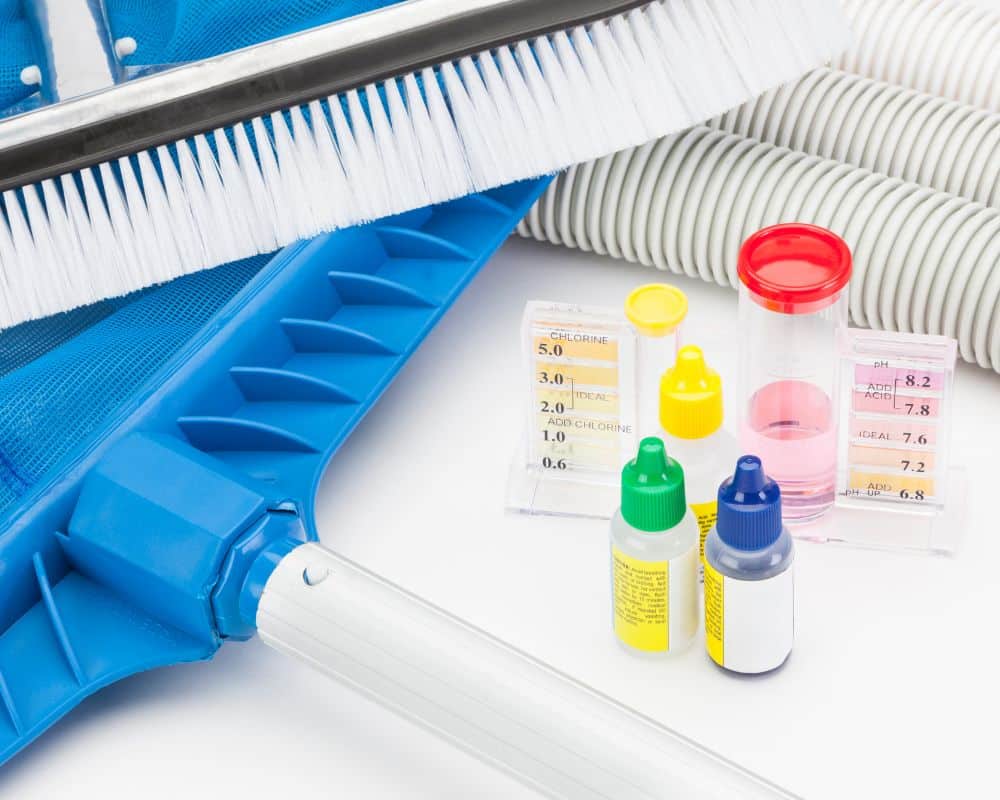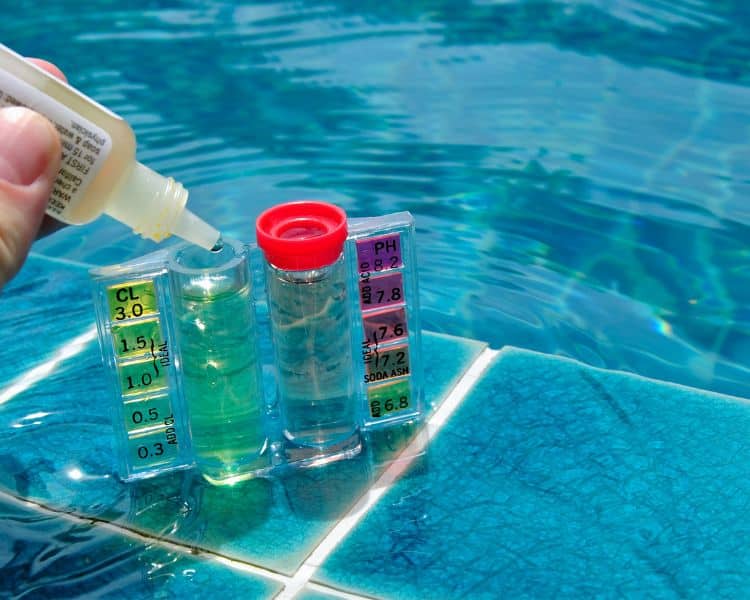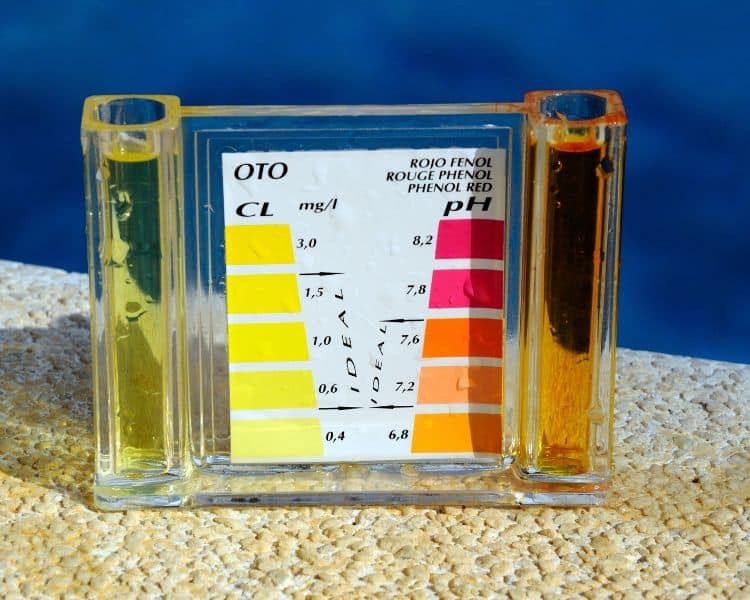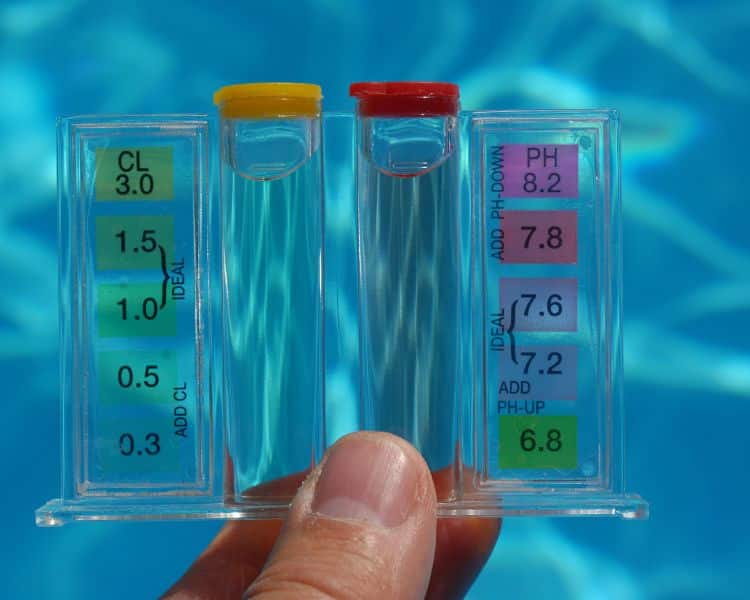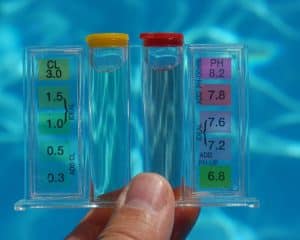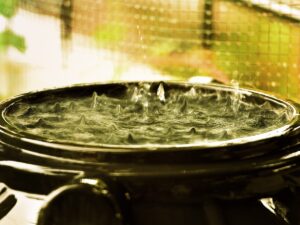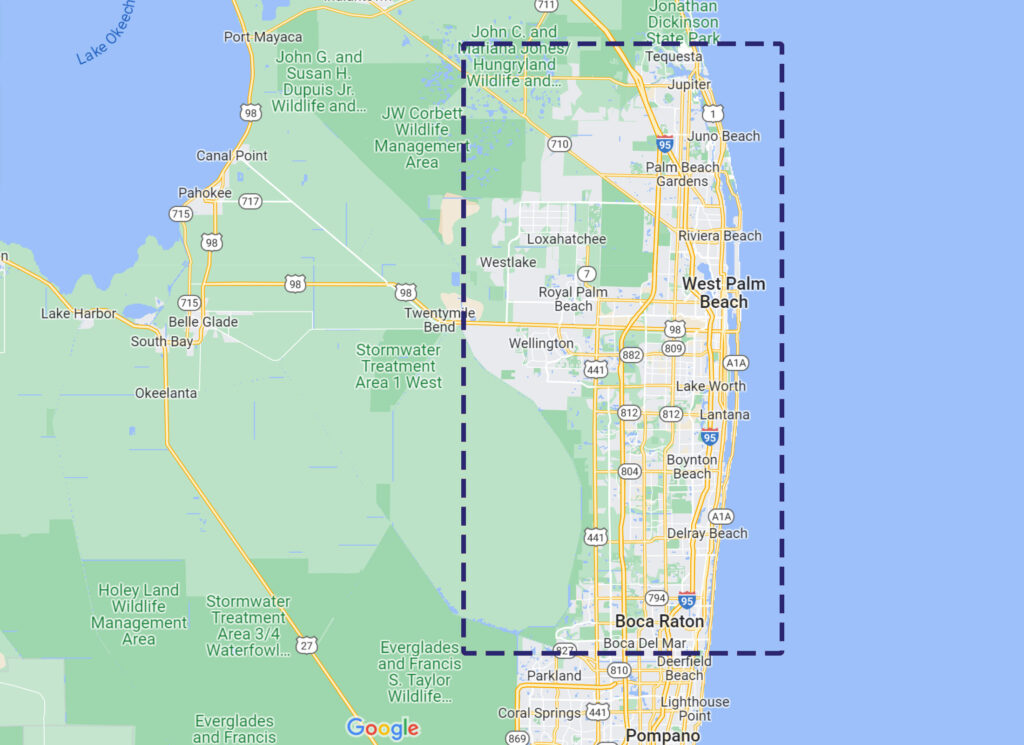
Can Chlorine Harm Your Pet? Understanding Pool Chemicals and Pet Safety
Warm weather brings pool season — and for many families, that includes letting the dog join in on the fun. But a common concern among pet owners is whether chlorine is harmful to pets and how pool chemicals affect their furry companions. The good news is that with proper pool chemistry and care, swimming can be safe for both people

